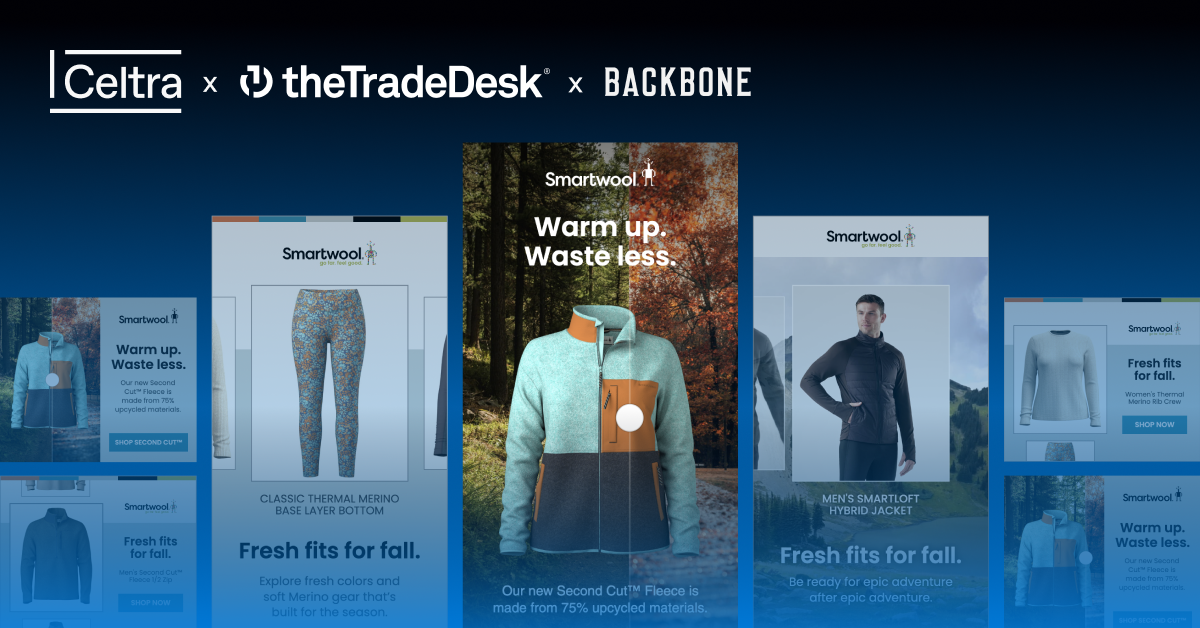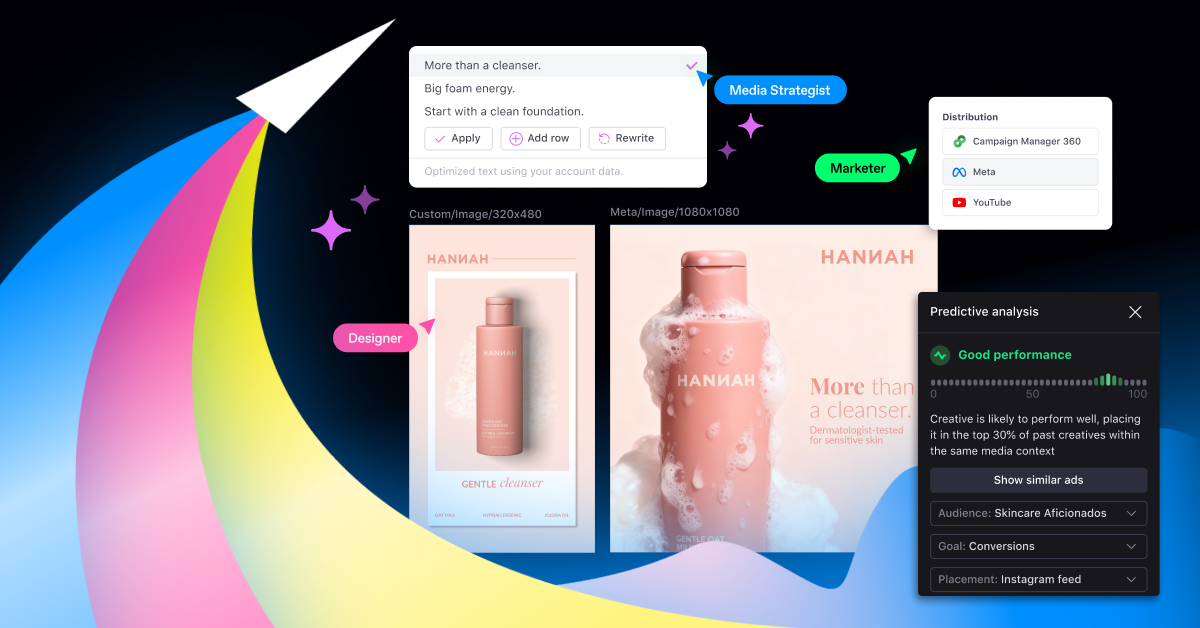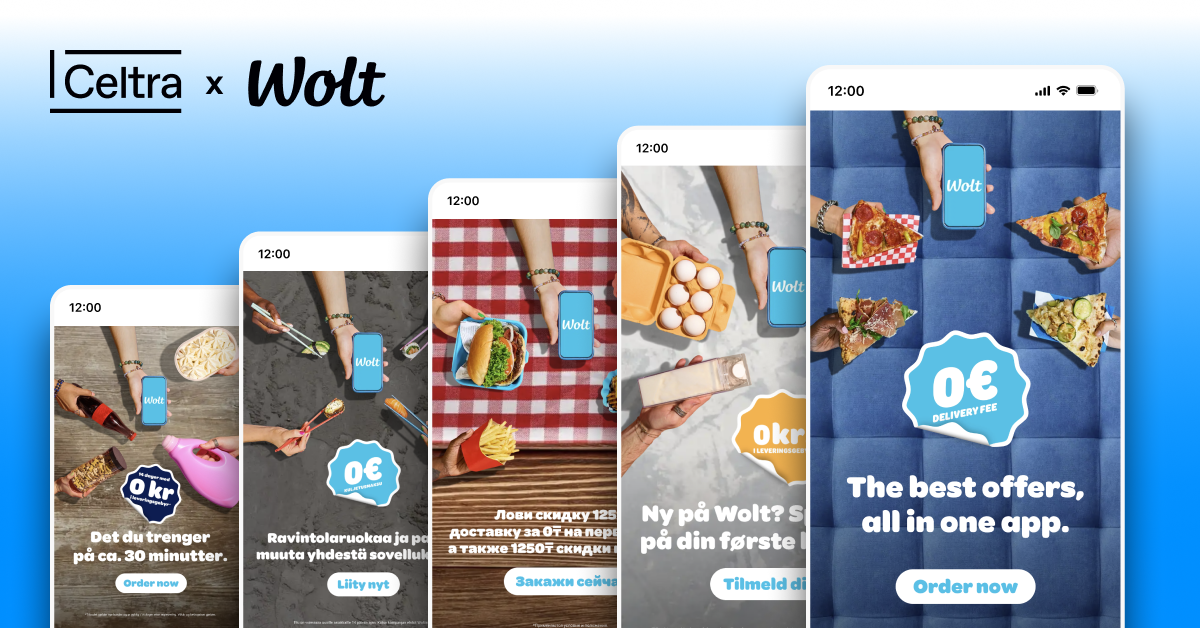You don’t just buy running shoes. You buy Nike.
You don’t just stream music. You stream Spotify.
You don’t just drink coffee. You drink Starbucks.
Some names rise above the product itself. They become shorthand for trust, identity, and belonging. That’s the power of brand marketing. And it matters more than ever: 88% of people say trust is a deal breaker when choosing what to buy*.
What is brand marketing?
Brand marketing promotes the brand as a whole, not just a single product. It’s the bridge between what you stand for and how people experience you; it turns a logo into meaning and a product into a promise. When it is done well, people know what you represent, why you exist, and what they can expect from you across every touchpoint.
Brand marketing vs. branding
Branding defines who you are: your identity, design system, and tone of voice. Brand marketing is the fuel that brings that identity to life through campaigns, content, and experiences.
Take Nike, for example: the swoosh and its design language are branding, and the Just Do It campaign is brand marketing. One shapes the identity, and the other amplifies it.
Brand marketing vs. product marketing
Brand marketing sells the why behind the company and builds long-term equity. Product marketing sells the what and moves people to act right now. The two work together: the first drives conversions, the second creates equity that grows with every campaign.
How to build a brand marketing strategy
A brand marketing strategy is the playbook for how your brand shows up in the market. It connects your purpose to the channels, creative, and metrics that bring it to life. When it works, every message feels connected, every asset builds momentum, and your brand earns not just attention but loyalty.
1. Clarify the purpose
Why do you exist beyond profit? That answer should guide every campaign, partnership, and creative choice. If an idea doesn’t serve that purpose, it doesn’t launch.
2. Know your audience
Demographics are just the beginning. To build real connections, you need to understand what people value, what slows them down, and where they spend their time. Those insights help you choose the right channels and shape messages that actually resonate.
3. Tell a story
Your mission becomes powerful when it turns into a story people can instantly recognize. Make it simple with promise and proof, then repeat it consistently across every campaign. Whether it’s a 6-second social cut or a retail banner, the story should always feel like yours.
4. Pick the right channels
Your audience isn’t everywhere, but they are somewhere: social, video, retail, display — each has a role to play. Plan how they work together so people experience your brand as a whole, not a set of disconnected ads.
5. Design for scale
Marketing doesn’t stop at one campaign. Break creative into building blocks such as headlines, visuals, CTAs, and offers so you can remix and reuse them. With creative automation, producing variations stops being a bottleneck and starts being an advantage.
6. Measure what matters
Clicks are only part of the picture: put brand signals like awareness, sentiment, and repeat rate next to performance metrics to see the full impact. Leading brands refine campaigns in real time and let the data sharpen their story.
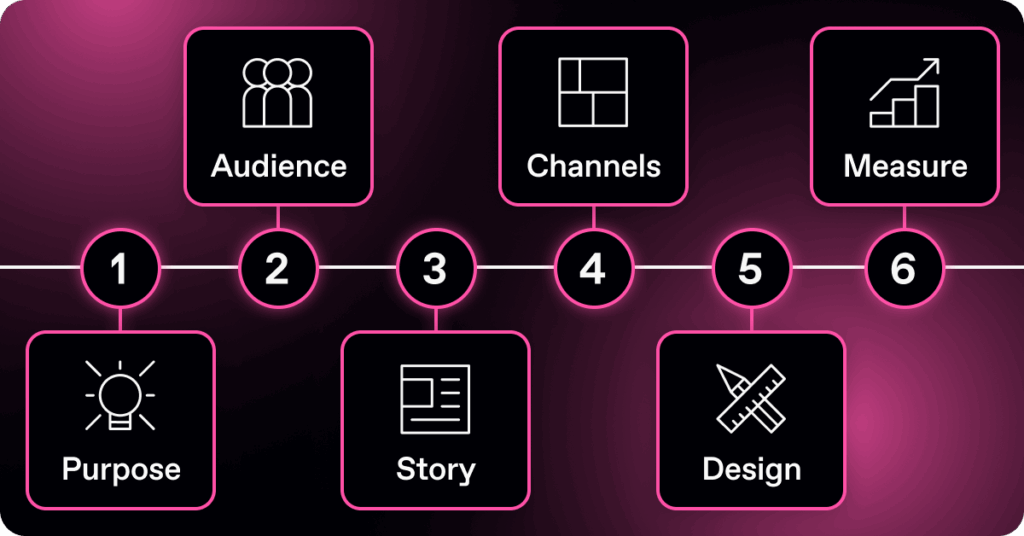
Brand marketing done right
Effective brand marketing makes people feel something. It gives them a reason to engage, share, and remember. Below are 3 examples that show how different brands approached it.
Apple “Think Different”
Apple’s “Think Different” campaign positioned the brand as a champion of creativity and progress. The message centered on a belief that people wanted to share and products could enable. That belief guided films, retail, and launches for years, proving how a clear brand point of view can elevate every touchpoint and build lasting loyalty.
Spotify Wrapped
Spotify Wrapped turned listening data into identity and made sharing effortless. Each element reinforced a brand story of self-expression through music. Personalization created ownership, and the annual cadence built anticipation. Wrapped shows how brand marketing can be playful and social, elevating Spotify into a cultural ritual.
Patagonia “Don’t Buy This Jacket”
Patagonia’s “Don’t Buy This Jacket” campaign flipped the script by telling customers not to buy unless they truly needed to. The message came directly from the brand’s purpose: sustainability and reducing consumption. Instead of hurting sales, it strengthened loyalty by aligning values with actions. The campaign proves how brand marketing can break conventions, spark conversation, and deepen trust when purpose leads the way.
How Celtra helps brand marketing scale
Strong brand strategies need equally strong execution. But multiple channels, endless formats, and global teams make it challenging to move quickly and maintain consistency. That’s where Celtra’s Creative Automation comes in.
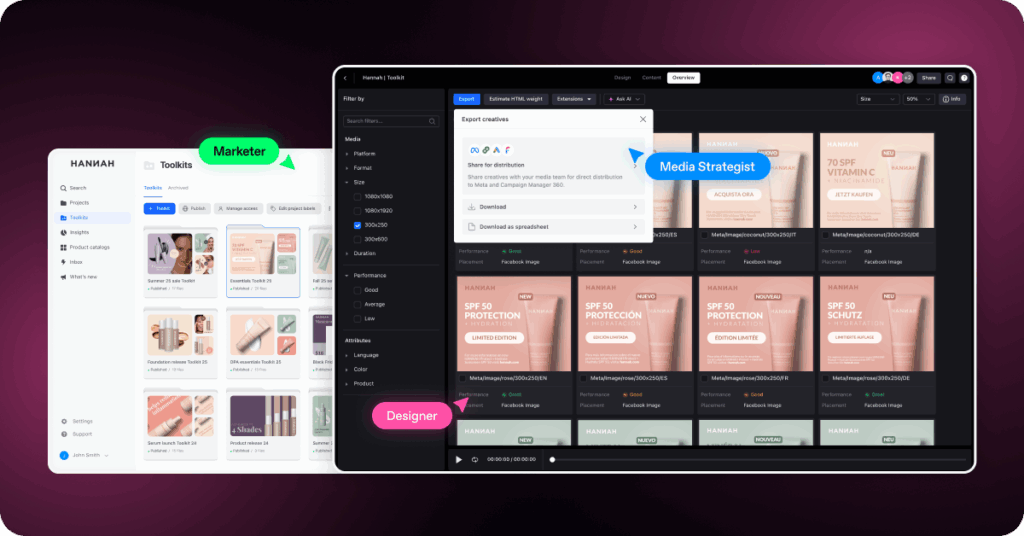
With Celtra, marketing and creative teams can:
- Design once, scale everywhere: Create modular templates and adapt them for any market or format.
- Automate versioning: Produce variations instantly for different audiences, languages, and placements.
- Keep brand consistency: Built-in guardrails protect identity across every channel and team.
- Connect creative to performance: Link production directly to results, enabling campaigns to continuously improve.
The result: high-quality campaigns produced at speed, and always on brand. Celtra simplifies production, allowing your team to focus on ideas that build lasting connections with customers.


